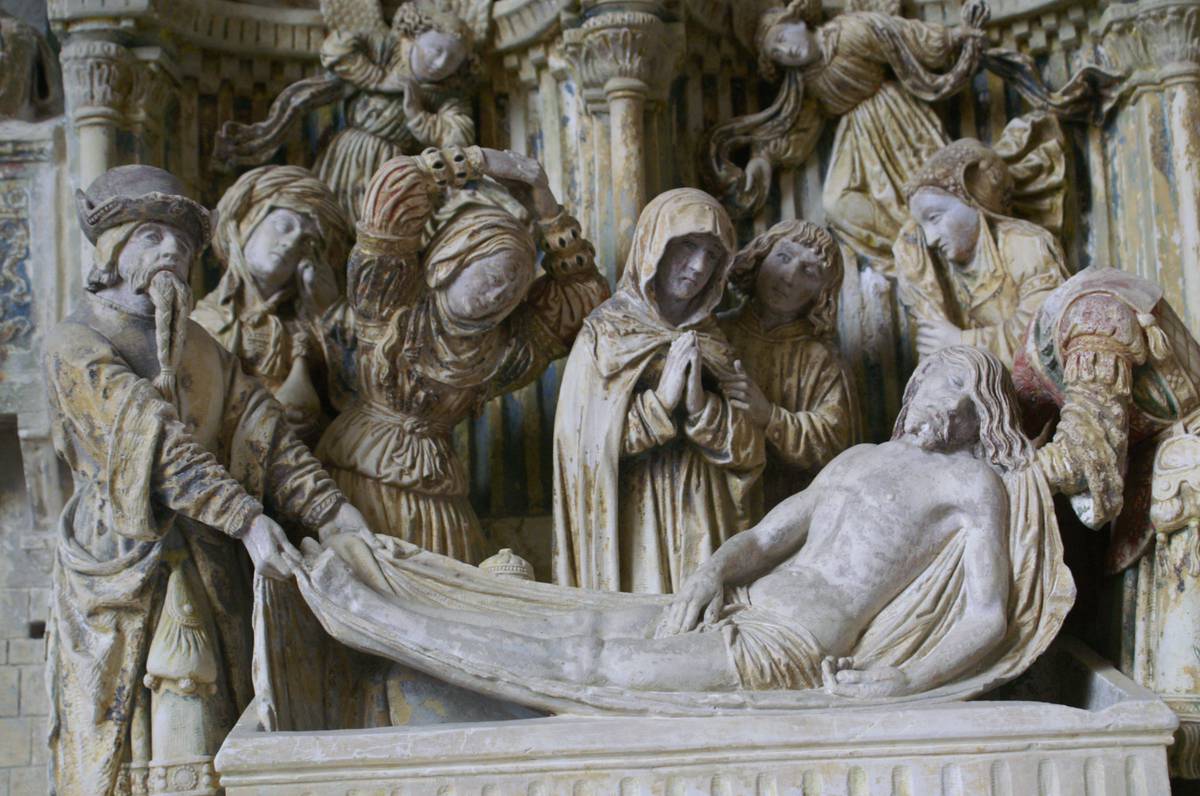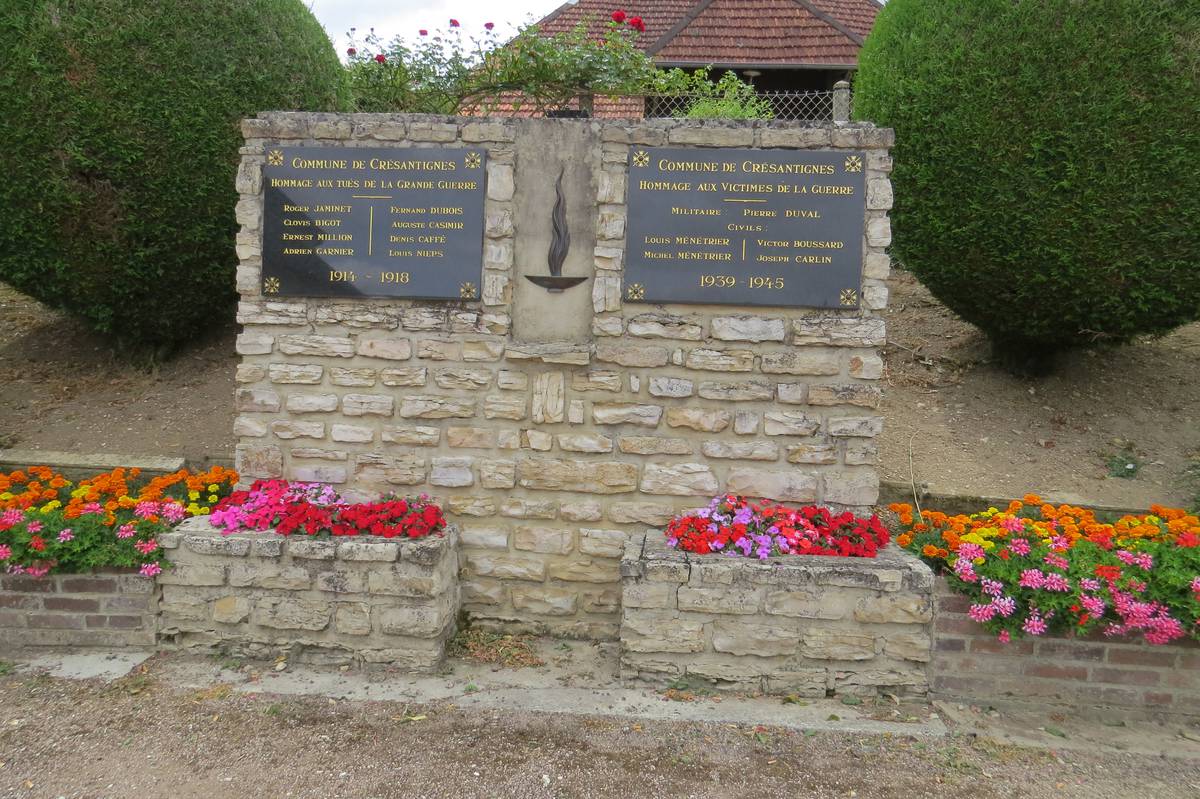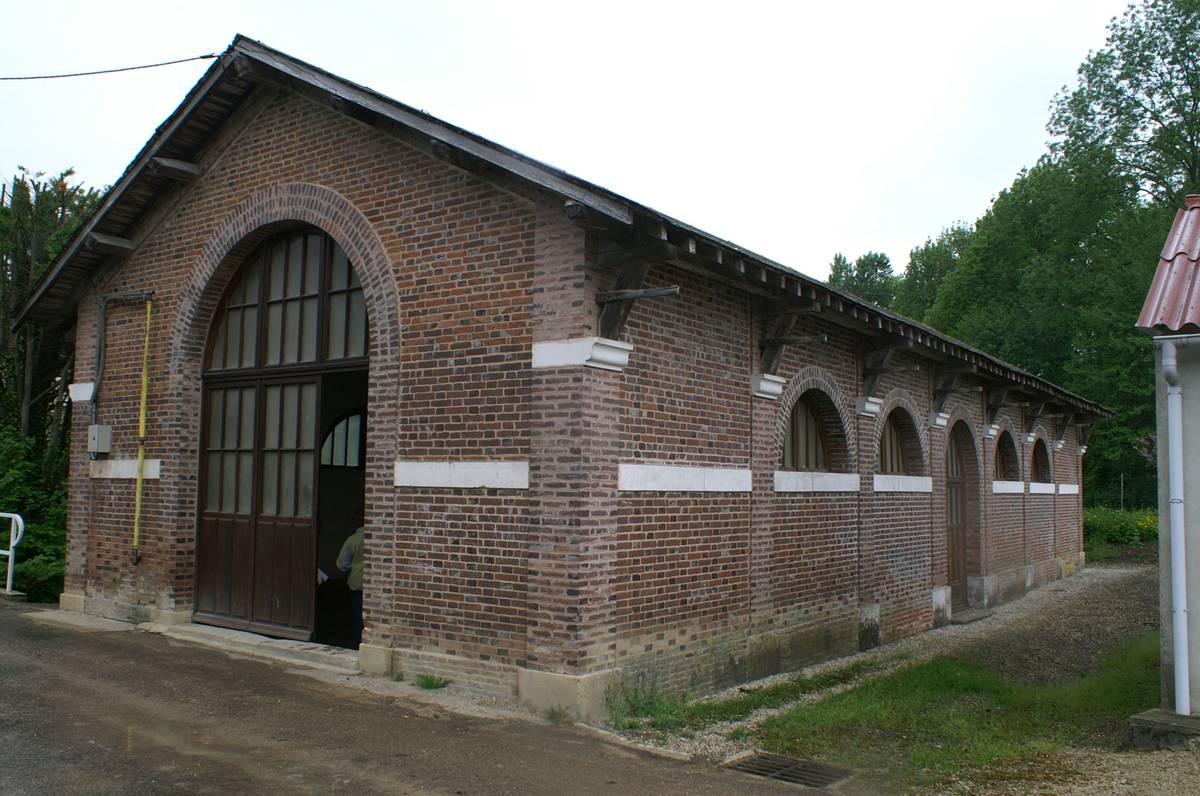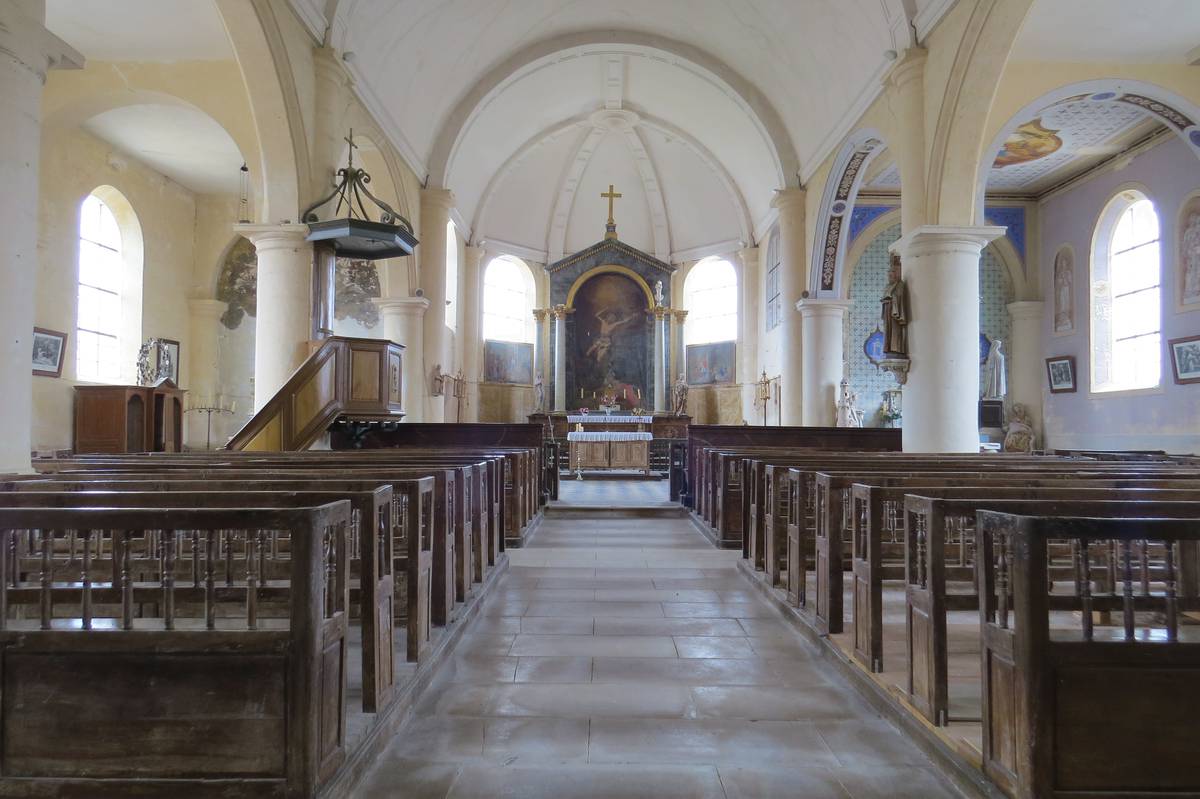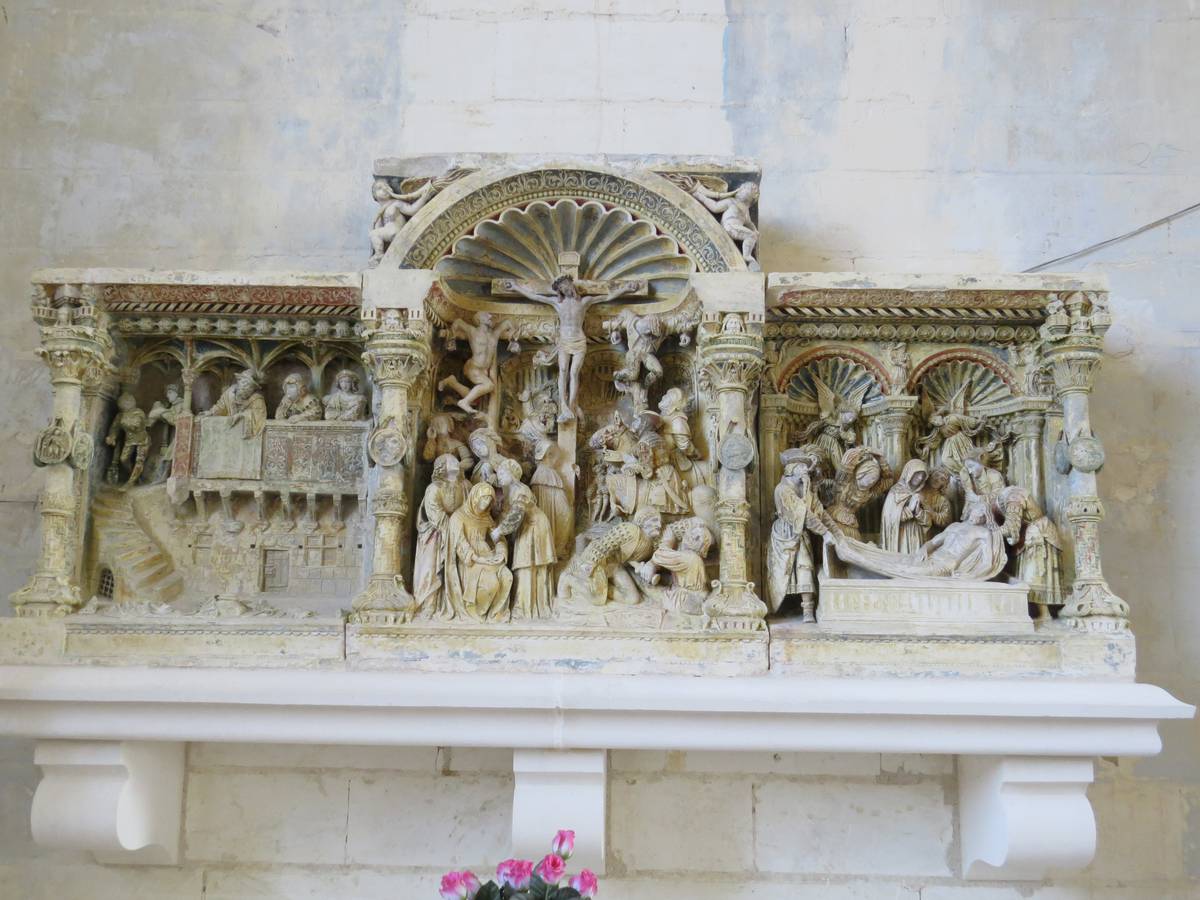This commune covers an area of 2km² and has just over 310 inhabitants. It is located 20km south-west of Troyes. Reached via the D34 or the N77, it is 16km from junction 21 (Saint-Thibault) of the A5 from Paris.
Crésantignes is a green and rural village spread out along the banks of the Mogne. There are with farmhouses and more modern buildings dotted amongst the timber-framed houses and those with exposed brickwork. This all adds to the character of the village, which has a thriving community.
The Musée du Passé Simple, which is located in the middle of the village on the main street, displays historic tools and implements in its rooms to enable visitors to explore the customs and daily life of days gone by.
This museum aims to keep alive the memory of a past that is not so long ago, and it continues to receive new acquisitions. Two hundred metres away in Ruelle de l’Etang, the wash house – which was built in the 1850s – recalls the daily life of the inhabitants of Crésantignes. This was in line with the main principles of hygiene that began to appear during the second half of the 19th century.
Next to it stands the church of Saint-Sébastien, which dates from 1780 and is typical of 18th-century constructions with its nave and side aisles without transepts. It houses a wealth of church furnishings, including a polychrome limestone reredos that was rescued from the collegiate church of Lirey when it was destroyed in 1828.
Classified as an historic monument in 1908, it depicts Christ’s passion and dates from the 2nd half of the 16th century. Sculptures of saints – such as the 16th-century reliquary statuette of Saint-Fiacre, and the 18th-century lectern topped with an eagle, are also classified as objects considered to be historic monuments.
A 16th-century statuette of the Madonna and Child in gilded white marble, which has been classified as an historic monument since 1913 and which is integrated into the 18th-century polychrome and gilded limestone altar in the Lady Chapel, was shown in the exhibition ‘Le Beau XVIe siècle: masterpieces of sculpture in Champagne.’
Next to the church, two black marble plaques commemorate the First and Second World Wars and pay homage to their victims.
TO FIND OUT MORE
>>> Catering
>>> Shops and Services
